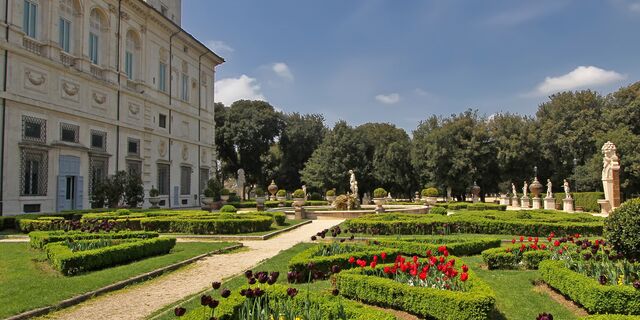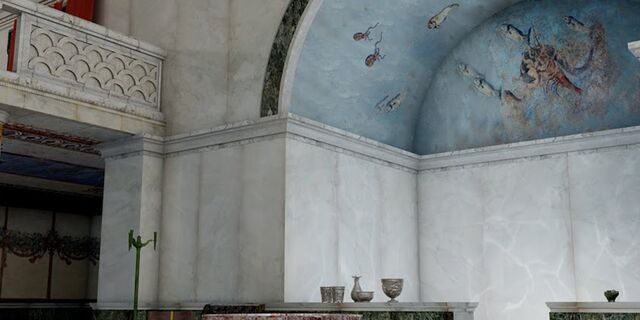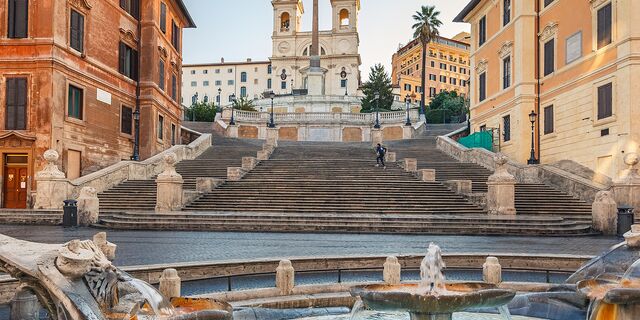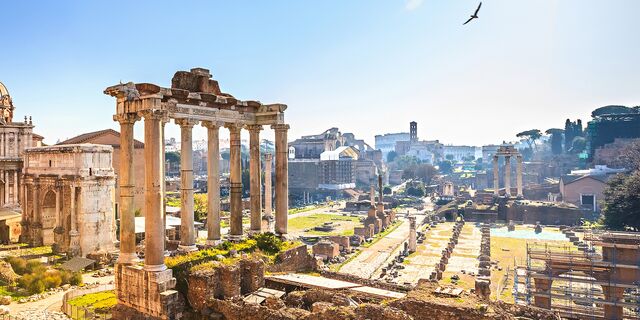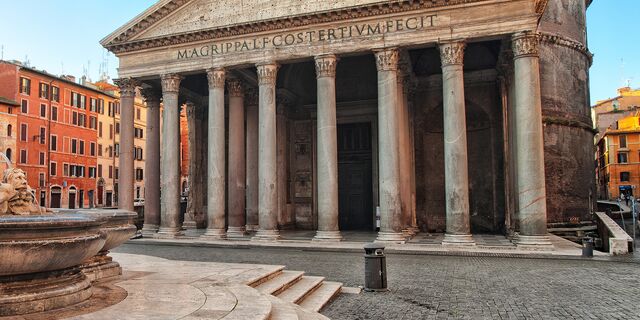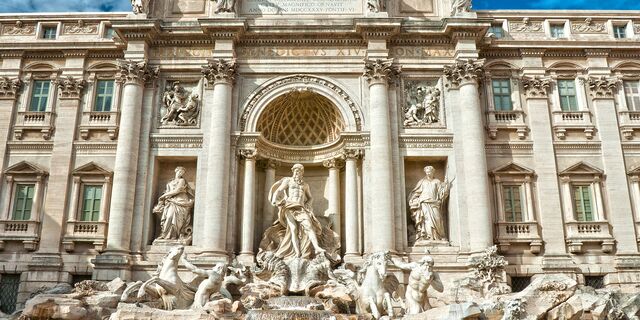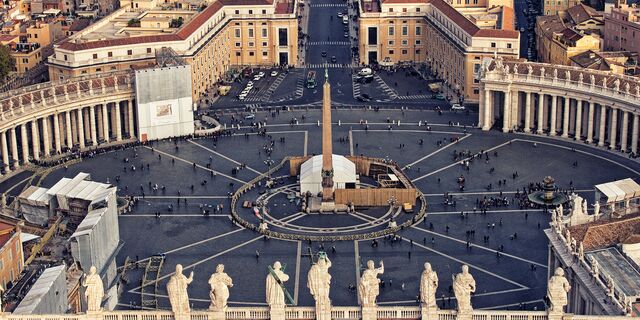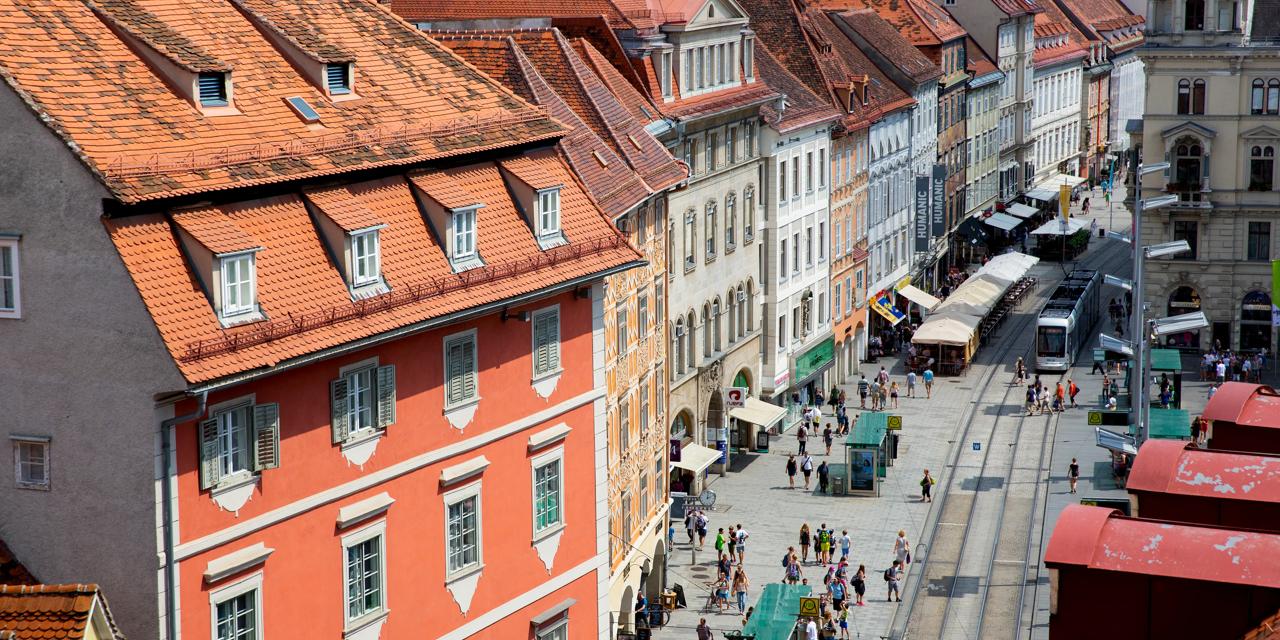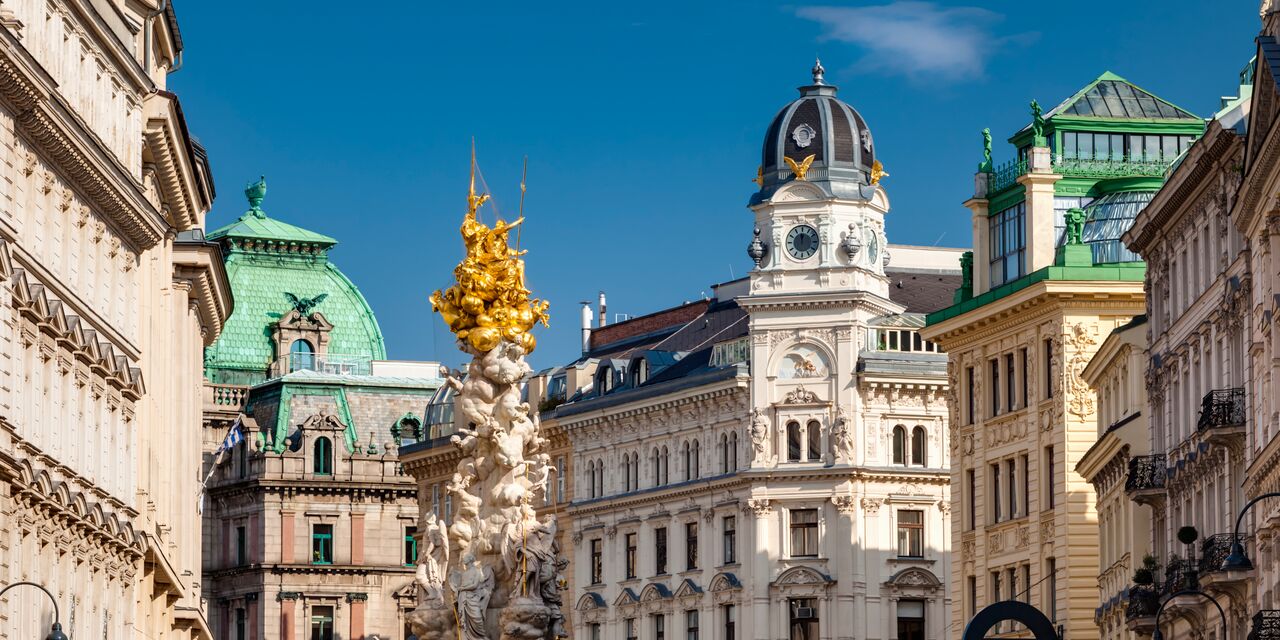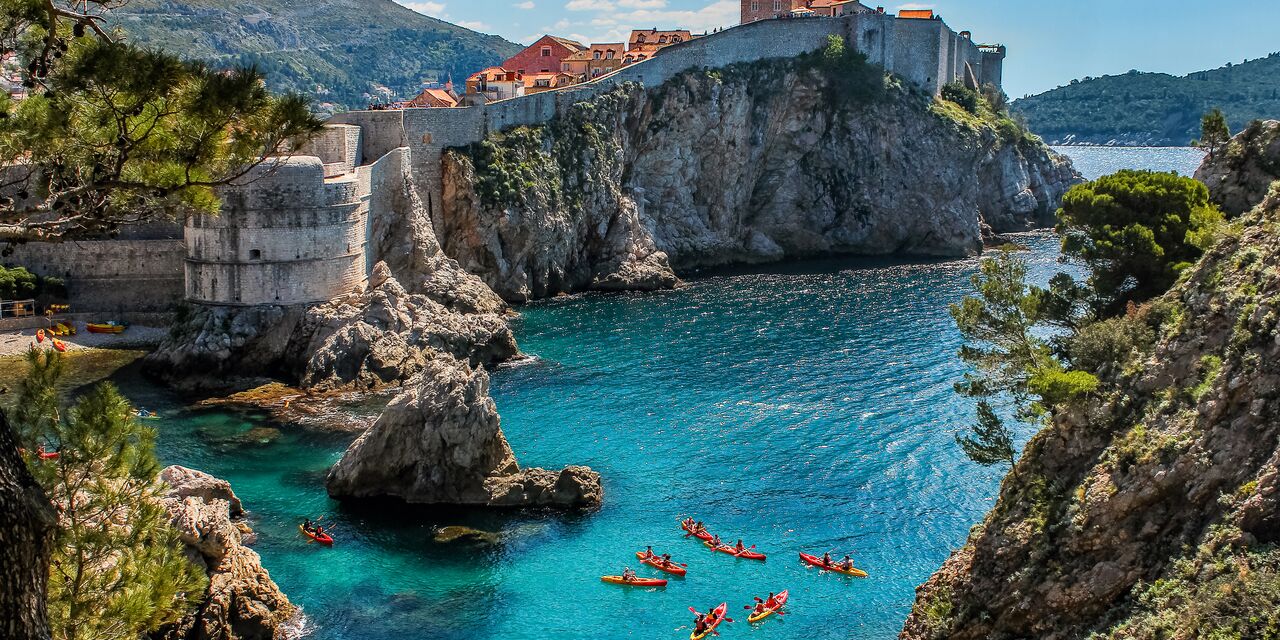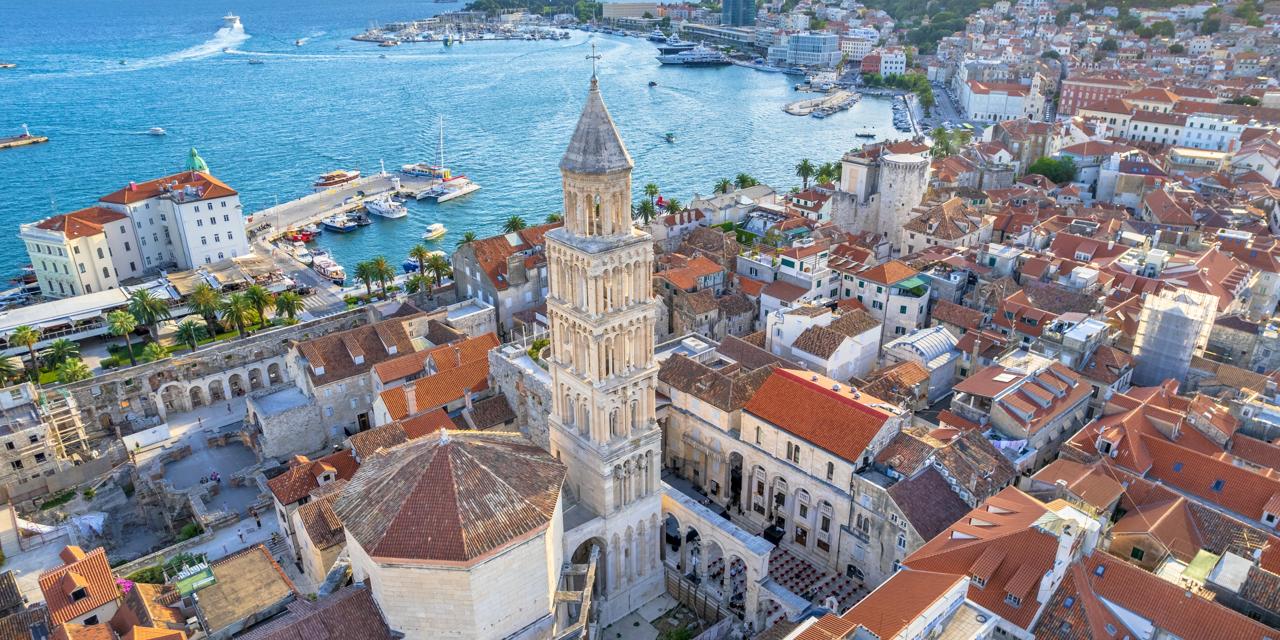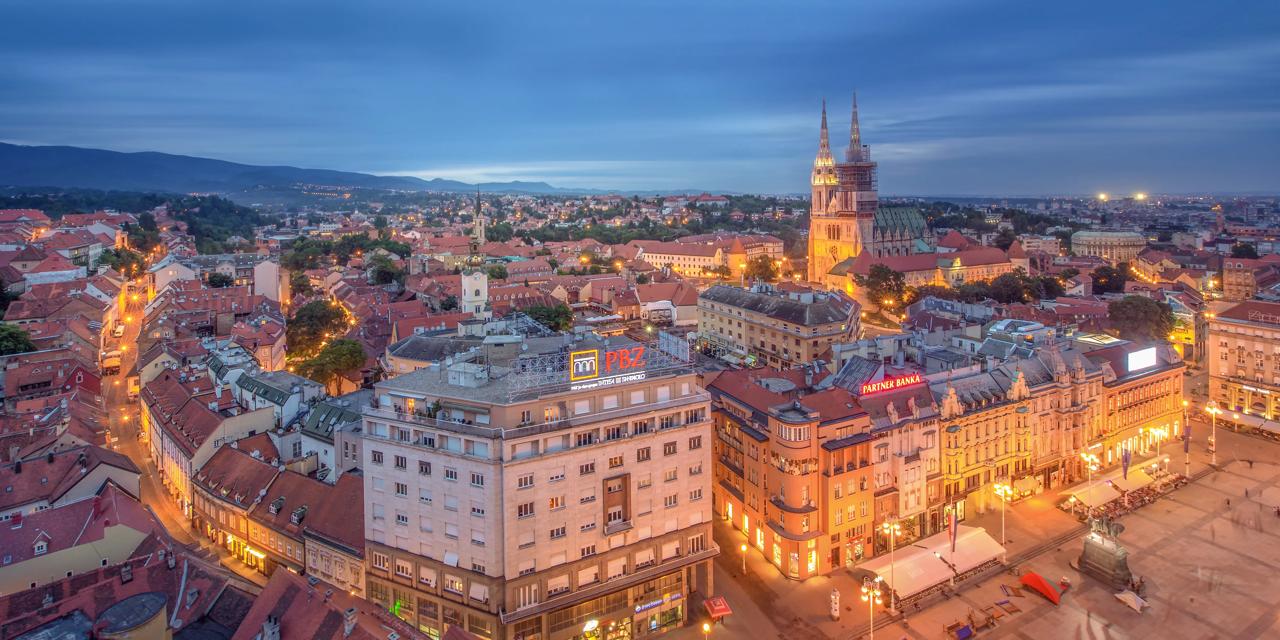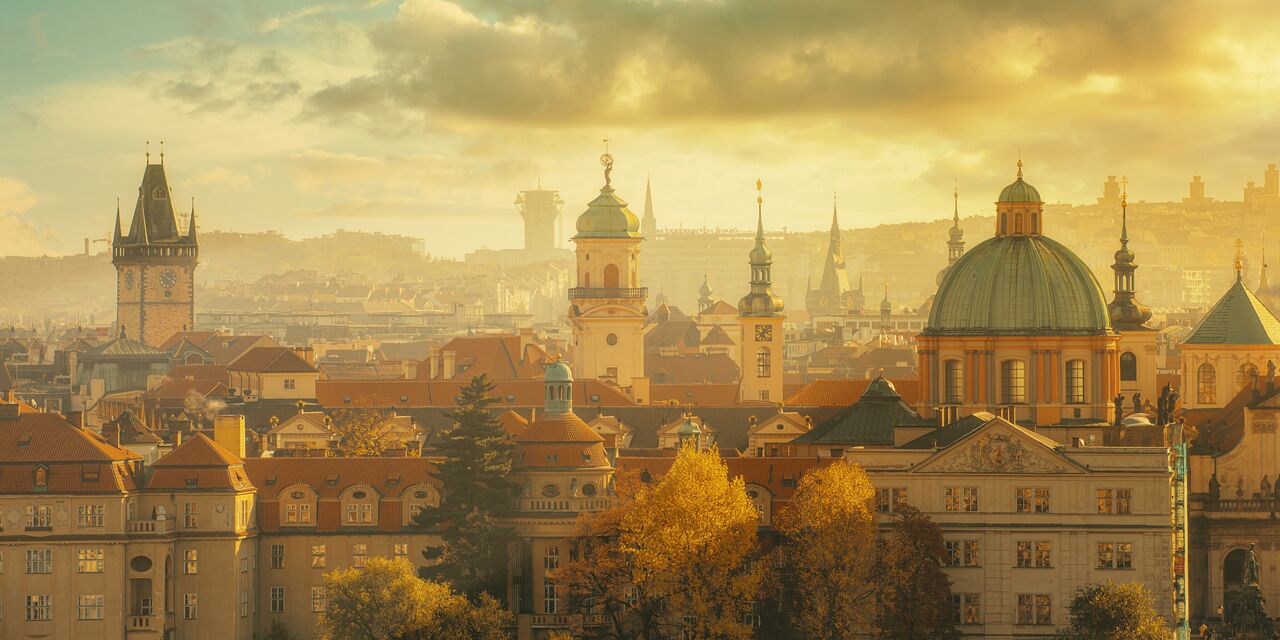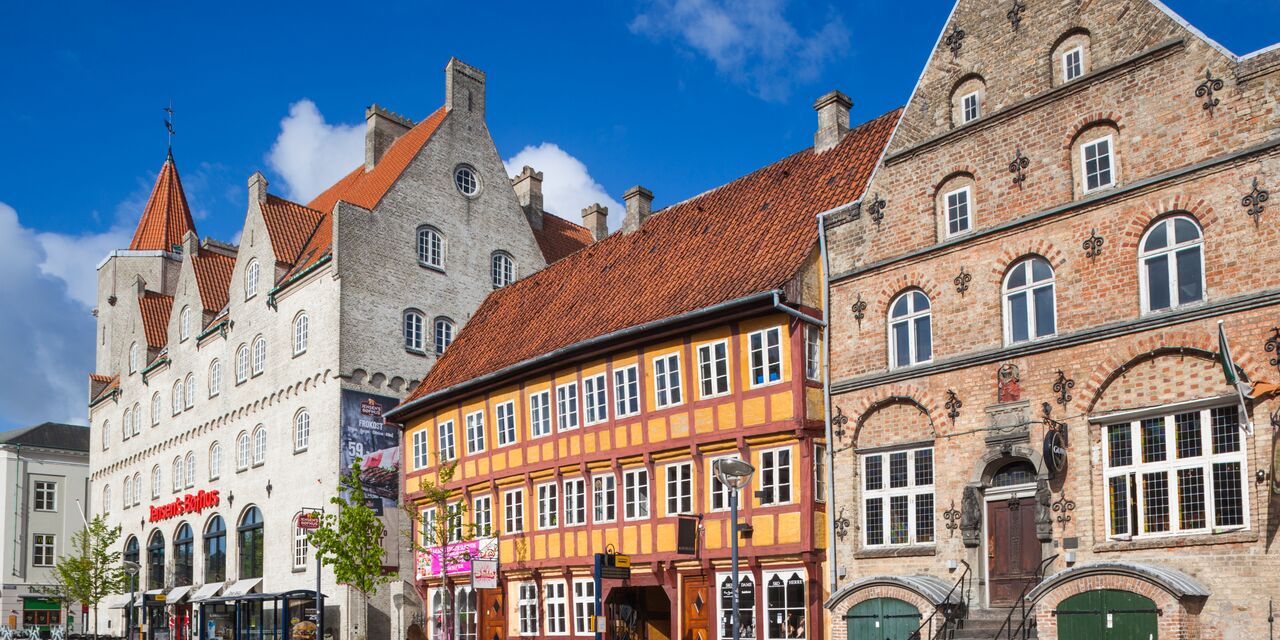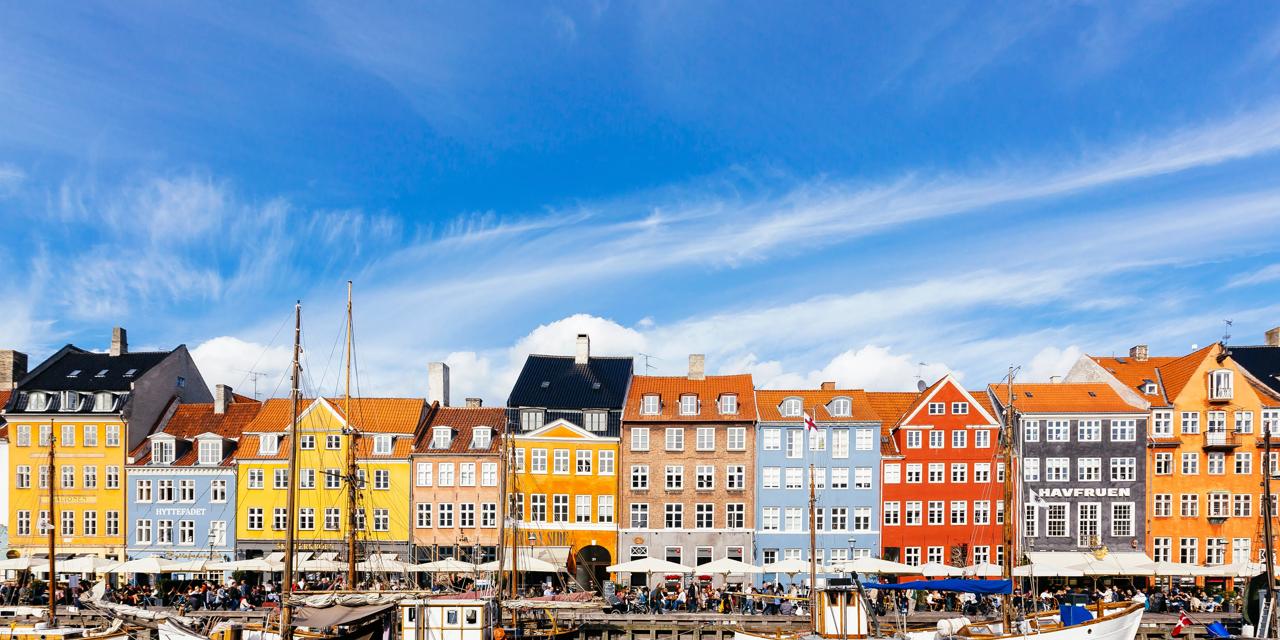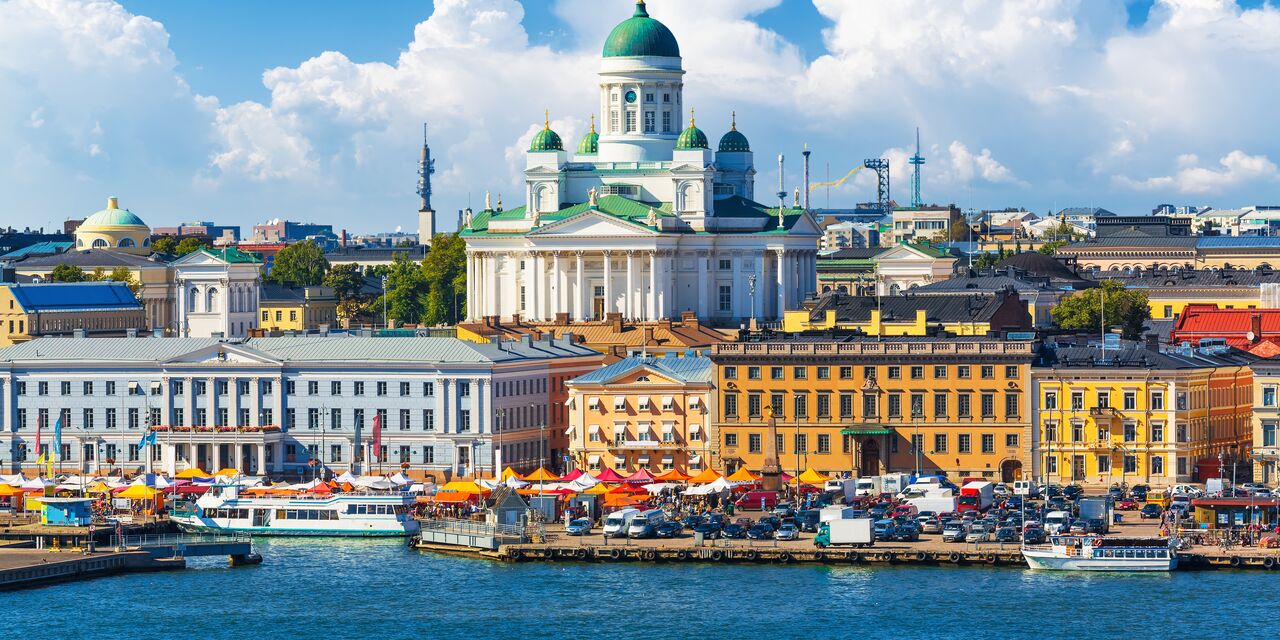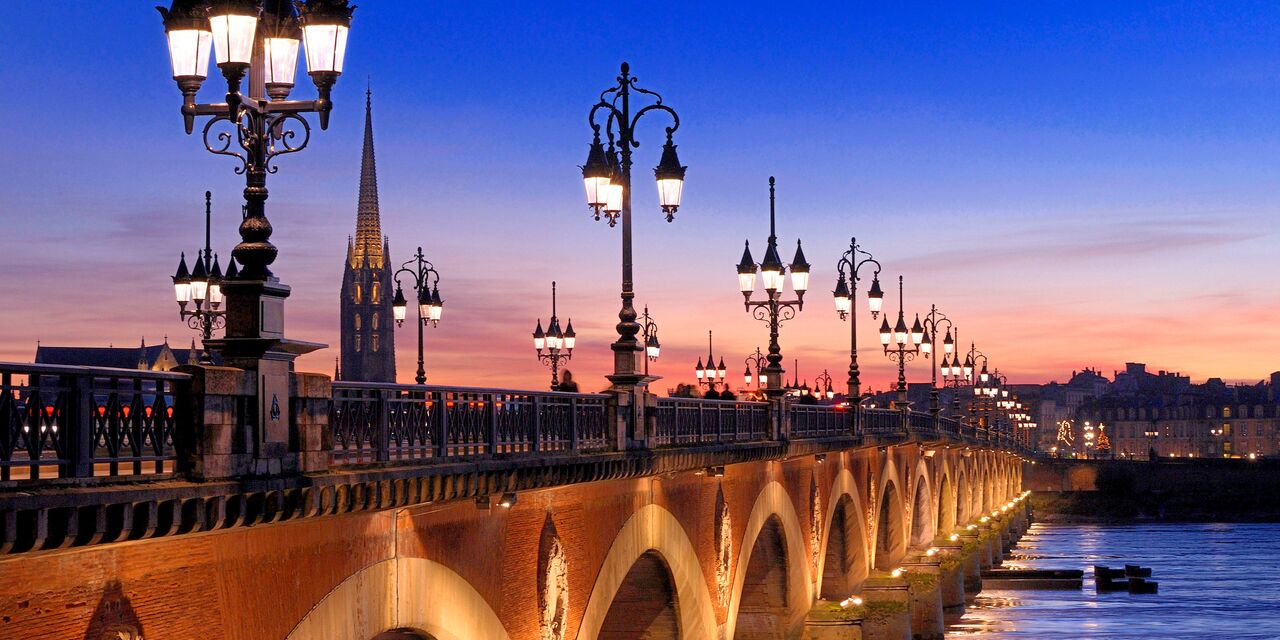Catacombs of Rome
When you think of romantic Rome, mysterious corridors and old crypts may not be the first thing that come to mind. Just outside the city are the Catacombs of Rome, a network of underground cemeteries dug in the second century AD. The most impressive are the Catacombs of St Callixtus, where 16 popes and some 30 martyrs are buried.
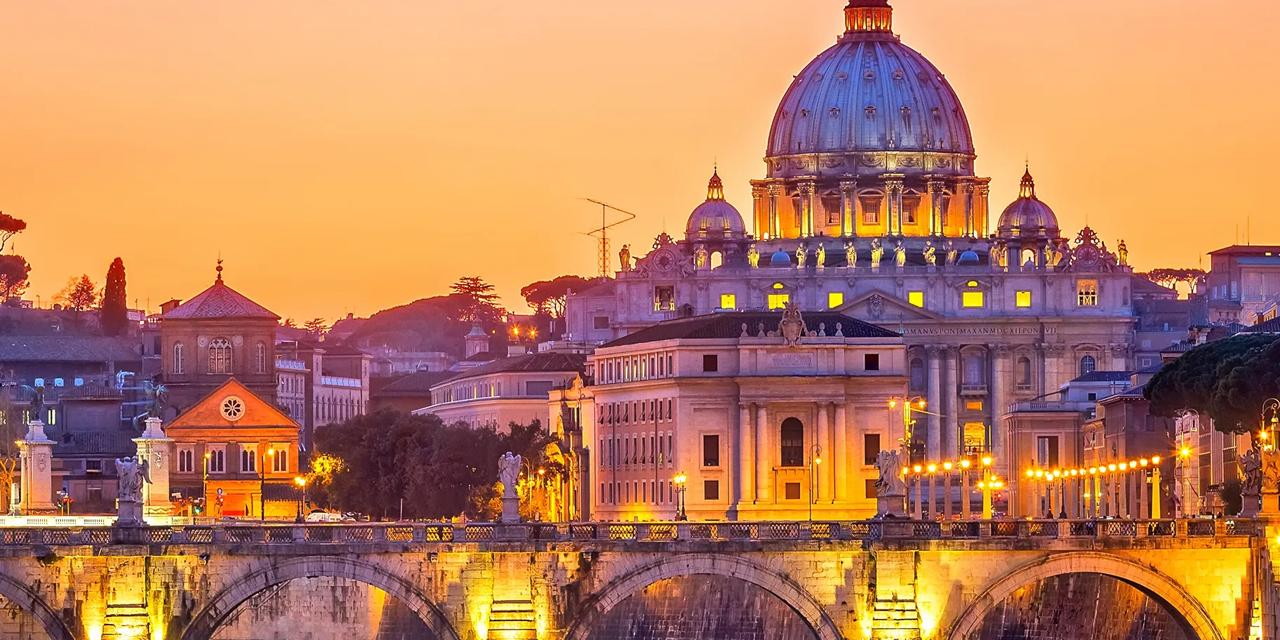
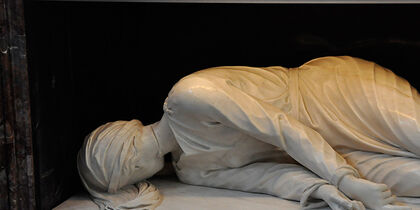
The little Vatican
There is an air of mystery in the corridors. The catacombs count no fewer than 4 storeys and some are 20 metres below ground. The most important of the various sections is the popes’ area, also known as ‘the little Vatican’. The popes’ crypts of St Callixtus are considered the most beautiful in the catacombs and original inscriptions are still visible in the walls. The crypt of St Cecilia is another highlight. St Cecilia, patroness of music, was buried here for 5 centuries. She died a martyr's death around the year 230 and her body was missing for a long time. Her tomb was rediscovered with the catacombs of St Callixtus in 820. Pope Paschal I gave the order to rebuild a church in the place where she had died and transferred her body there. The basilica of Santa Cecilia can still be admired in the charming neighbourhood of Trastevere.
Underground symbolism
The hallways and rooms of the catacombs are richly decorated with Christian symbols. As Christians could not practice their faith openly at the time, they painted and carved symbols to express their beliefs. The best known are the monogram of Christ, the fish and the Good Shepherd. The monogram consists of the Greek characters X and P, the first two letters of the Greek word for Christ. If they are engraved on a tomb, this means that a Christian is buried there.
Discover other destinations in Europe
*The displayed prices are for one adult. All amounts are in GBP including taxes and surcharges, except where taxes are collected locally at the airport. A booking fee is not applicable, but a payment surcharge may apply. Prices and availability may change without notice, see KLM price display for more information.
The weather forecast information is provided by World Weather Online. Air France-KLM is not responsible for the reliability of this data.

